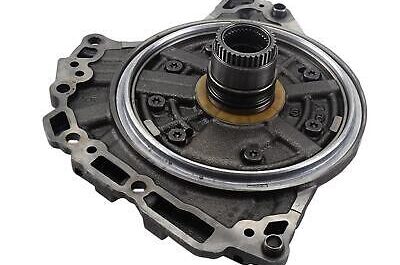What is CHP?
Combined heat and power (CHP), also known as cogeneration, is an efficient, clean, and reliable approach to generating power and thermal energy from a single fuel source. With CHP, waste heat from power generation is recovered as useful thermal energy, rather than being lost through a cooling tower or smokestack. This recovery of heat that would otherwise be wasted substantially increases the overall fuel-to-energy conversion efficiency.
How CHP Works
In a traditional power plant, fuel such as natural gas, coal, or oil is burned to heat water and create steam. The steam then spins a turbine that drives an electric generator, producing power. However, most of the energy contained in the original fuel is lost as waste heat during this process.
In a Combined Heat And Power (CHP) system, the heat that would normally be lost is recovered to provide usable thermal energy. Thermal energy can be used for heating, cooling, domestic hot water, industrial processes, dehumidification, space conditioning, and other applications. By capturing and repurposing what would otherwise be wasted energy, CHP can achieve total system efficiencies of 60%-80% or more.
CHP applications can be large-scale utility systems or smaller modular units serving a single facility. Facilities such as hospitals, universities, processing plants, and municipalities are common sites for CHP systems that produce both electricity and thermal energy on-site.
Benefits of CHP Systems
Increased efficiency – By capturing waste heat that traditional power generation discards, CHP achieves vastly higher overall fuel-conversion efficiencies compared to separate heat and power. This enhances energy resource conservation.
Reduced emissions – CHP’s increased efficiency means lower fuel usage and greenhouse gas emissions per unit of useful energy delivered. Studies show CHP carbon dioxide emissions are up to 40% lower than conventional generation.
Grid stability and reliability – Distributed Combined Heat And Power (CHP) brings added balance, flexibility, and resiliency to electricity networks by generating power at or near the point of use. This reduces transmission losses and aids grid stability during peak demand or disruptions.
Economic advantages – Cost savings from increased efficiency, competitive power prices, ancillary services revenues, and avoidance of transmission fees are factors that can boost CHP’s economics. Well-designed projects commonly enjoy paybacks of less than 5 years.
Redundancy – Onsite combined heat and power (CHP) provides a measure of energy surety as critical facilities can be at least partially isolated from grid disturbances. This is important for hospitals, data centers, and other essential services.
Job creation – CHP deployment creates skilled labor jobs in engineering, construction, operations, manufacturing, and system integration across the entire project lifecycle.
Types of CHP Systems
Reciprocating engines – An internal combustion engine similar to an automobile engine, but sized for stationary applications. Popular sizes range from 30 kW to 20 MW.
Combustion or steam turbines – Can use steam or gases from combustion of various fuels (natural gas, biomass, waste) to drive an electric generator. Common sizes of 1-50 MW.
Microturbines – Typical sizes from 30 kW to 1 MW; can run on a variety of fuels like natural gas or biogas.
Fuel cells – Produce electricity through an electrochemical reaction versus combustion; utilize natural gas or renewable biogas primarily; 1 kW-3 MW typical range.
Applications of CHP
Healthcare facilities – Hospitals employ CHP to meet baseload thermal and electric demands continuously for climate control, sanitization, and medical devices/IT.
Commercial buildings – Hotels, offices, and educational campuses gain reliability, cost-effectiveness, and efficiency through applications suiting their thermal and power requirements.
Industrial facilities – Manufacturing plants, food/beverage processors, and petrochemical sites commonly adopt CHP for heat intensive operations and steady baseload needs.
District energy – Large, community-scale cogeneration plants predate steam/chilled water through underground pipes to heat and cool nearby buildings seeking thermal access.
Wastewater treatment – CHP assists facilities treating municipal and industrial wastewater by supporting aeration, digestion, and solids drying processes requiring heat and reliable power.
The Future of Combined Heat And Power (CHP)
As costs decline for natural gas fuel and modular CHP technologies, the technology is becoming increasingly competitive in more applications and markets. Energy and climate policies at state and national levels also play a role incentivizing greater CHP adoption through programs supporting efficiency gains and emission reductions. Advanced technologies may further improve CHP design and capabilities going forward. With its ability to concurrently boost energy efficiency and reliability while lowering emissions, CHP is positioned to continue growing as a vital component of sustainable, resilient, and cost-effective energy systems worldwide.
*Note:
1. Source: Coherent Market Insights, Public sources, Desk research
2. We have leveraged AI tools to mine information and compile it.


